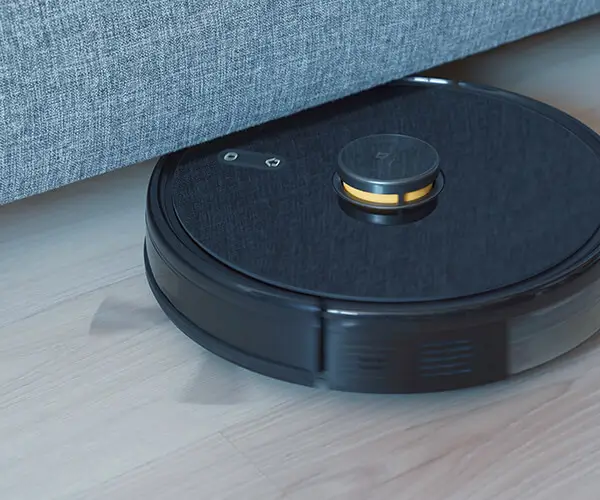When you’re in the business of motion control, selecting the right servo motor can make all the difference. Whether you're working on an automation project or building the next big thing in robotics, you need to make sure your servo motor is up to the task. So, how do you pick the right size? That’s where a servo motor sizing calculator comes into play.

Now, you might be thinking, "Can’t I just pick a random motor and call it a day?" Sure, you could—if you enjoy dealing with unnecessary downtime, inefficiency, or even breakdowns. But if you want a system that runs smoothly and lasts longer, size matters.
A servo motor is designed to handle specific tasks, and when it's too small for the job, it will be overworked. When it's too large, you’re wasting energy and cash. Getting the size just right is key. A good sizing tool can help you identify the perfect match. This isn’t just about finding something that fits; it’s about finding something that works optimally under the conditions you’re dealing with.
Think about it: imagine you’re building an automated arm for precision manufacturing. If the servo motor is too weak, it won’t be able to lift the object without overloading. If it’s too powerful, you're going to waste energy and increase wear and tear on your system. A motor that's perfectly sized will ensure your project operates at maximum efficiency, making your entire process smoother and more reliable.
So how does the sizing calculator work? It's pretty simple, actually. It asks for a few key pieces of info: the load you're working with, the desired speed, and the type of environment your system will be in. You input these values, and the calculator takes over, factoring in everything from torque requirements to speed limits. The result? A motor that’s tailored to meet your needs with precision.
But here's where it gets interesting: it's not just about crunching numbers. There’s an art to understanding how different parameters work together. For instance, a motor's torque rating is critical for lifting or moving a load, but the speed at which it can operate also matters. If you need rapid movements, your choice of motor might differ from a setup that focuses on precision rather than speed.
What's great about using a sizing tool is that it takes the guesswork out of it. Instead of relying on outdated charts or trial and error, you're getting an accurate motor recommendation based on your unique needs. This leads to fewer mistakes and better results.
If you’re still wondering whether it’s worth it, consider this: using a properly sized servo motor can improve the efficiency and longevity of your entire system. That’s less downtime, fewer repairs, and lower maintenance costs. Plus, you’re not wasting energy, which means you’re also cutting down on operating costs.
And let's not forget about the peace of mind that comes with knowing you’ve made the right choice. Choosing a motor that works just right for your application isn’t just about function—it’s about creating a system that performs at its best every time, day in and day out. So, next time you’re gearing up for a project, take a minute to think about your motor’s size. It might just be the game-changer your project needs.
Established in 2005, Kpower has been dedicated to a professional compact motion unit manufacturer, headquartered in Dongguan, Guangdong Province, China. Leveraging innovations in modular drive technology, Kpower integrates high-performance motors, precision reducers, and multi-protocol control systems to provide efficient and customized smart drive system solutions. Kpower has delivered professional drive system solutions to over 500 enterprise clients globally with products covering various fields such as Smart Home Systems, Automatic Electronics, Robotics, Precision Agriculture, Drones, and Industrial Automation.




































